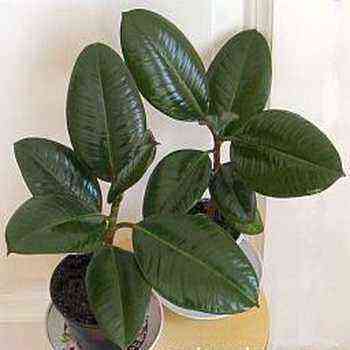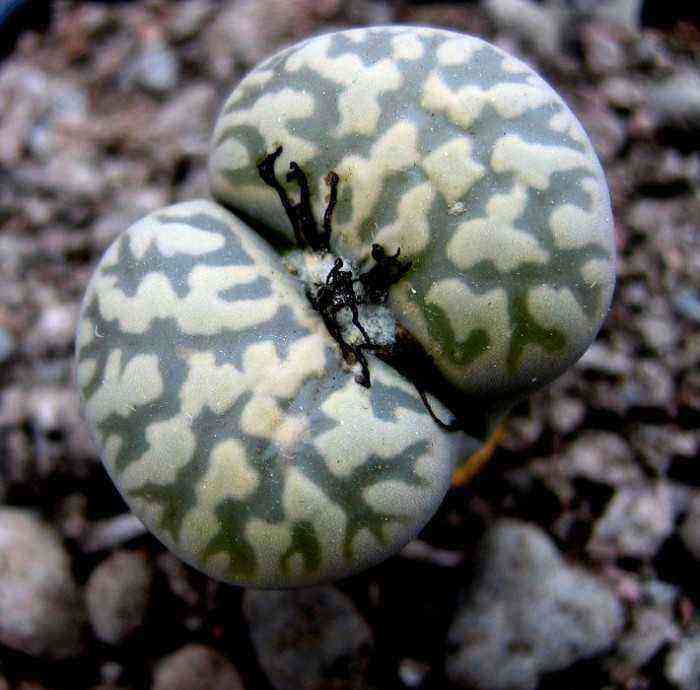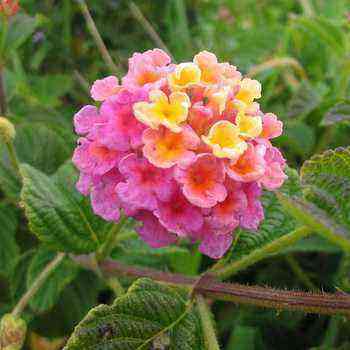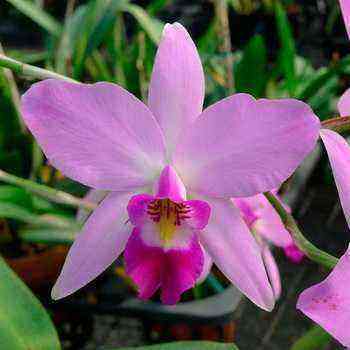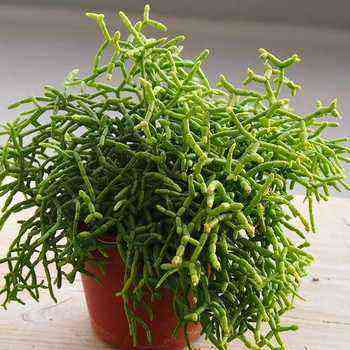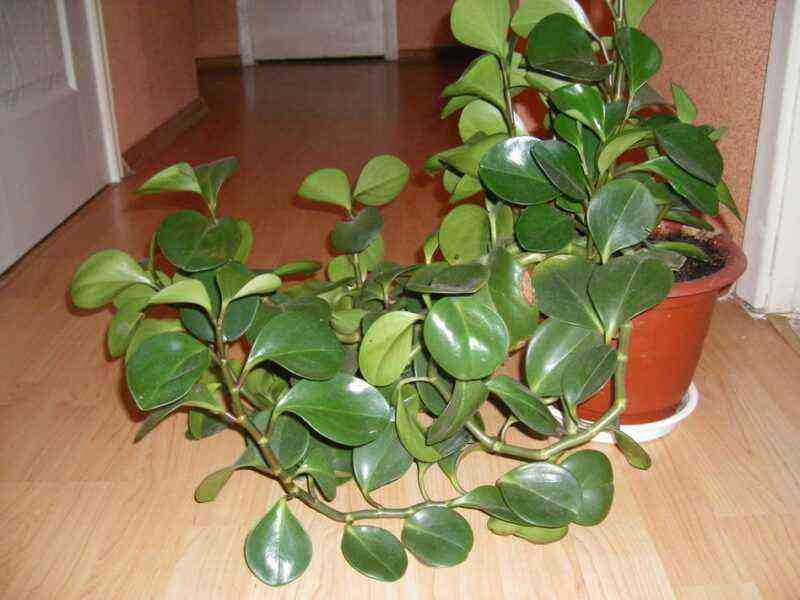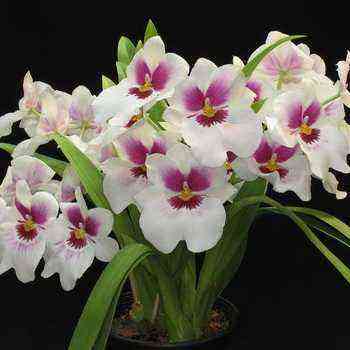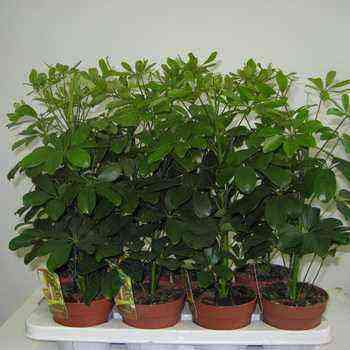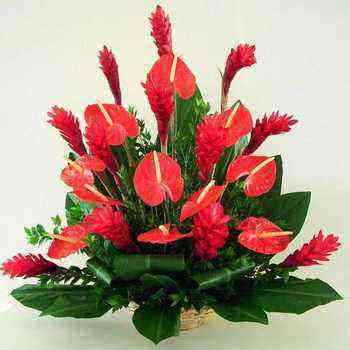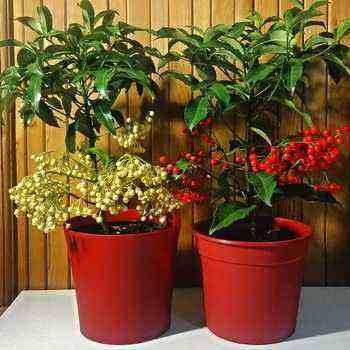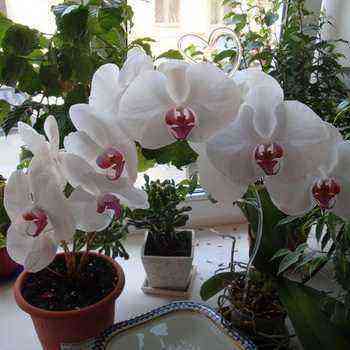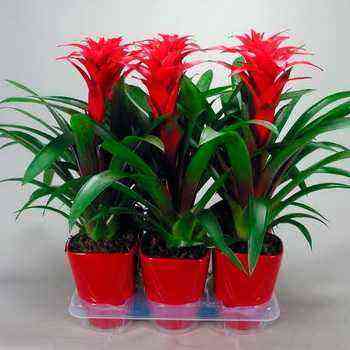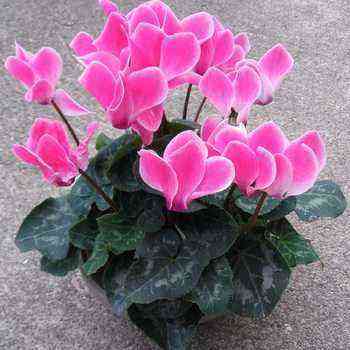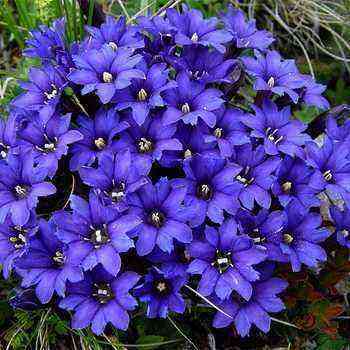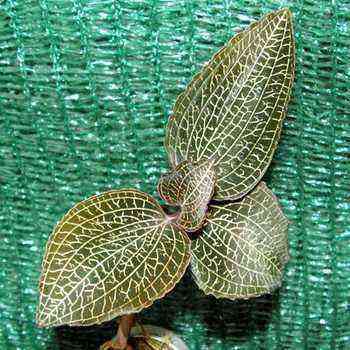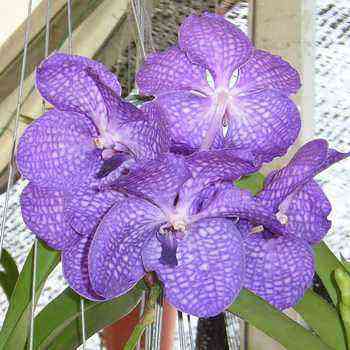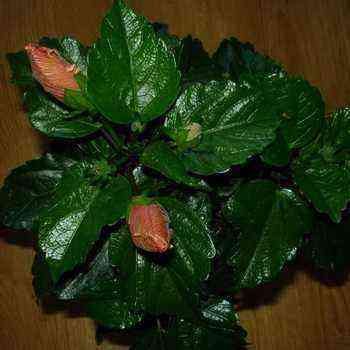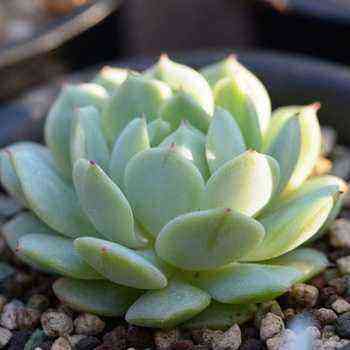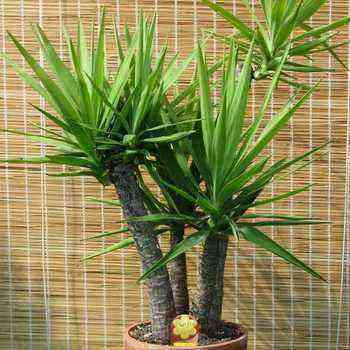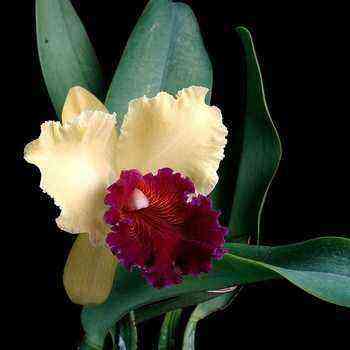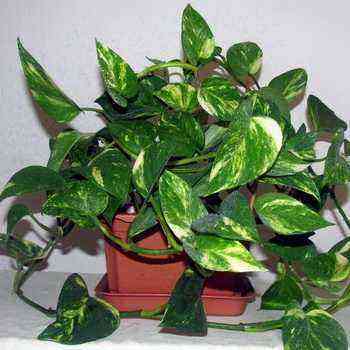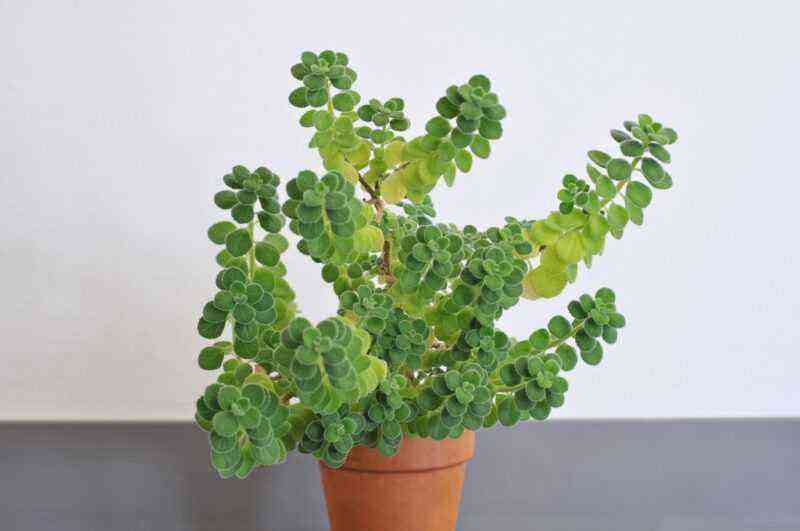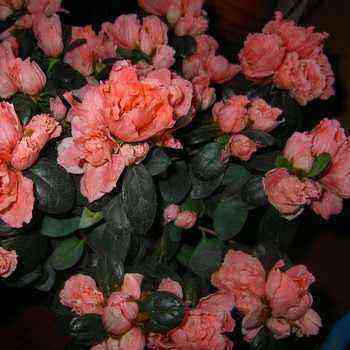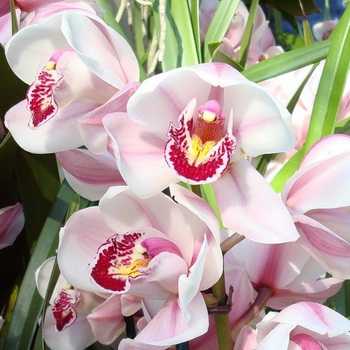 The flowers of the cymbidium orchid are considered by many to be one of the most beautiful representatives of the Orchid family. The abundance of flowers on long peduncles, a pleasant aroma, a variety of colors and long flowering – all this attracts florists and room designers who create luxurious flower arrangements from these plants. The most luxurious types of home-cultivated cymbidium orchids are Low, eburnum, aloe and gigantic. How to care for the cymbidium orchid and propagate this plant, you will learn below.
The flowers of the cymbidium orchid are considered by many to be one of the most beautiful representatives of the Orchid family. The abundance of flowers on long peduncles, a pleasant aroma, a variety of colors and long flowering – all this attracts florists and room designers who create luxurious flower arrangements from these plants. The most luxurious types of home-cultivated cymbidium orchids are Low, eburnum, aloe and gigantic. How to care for the cymbidium orchid and propagate this plant, you will learn below.
Cymbidium (CYMBIDIUM)
The first hybrid cymbidium was obtained by the famous English gardener John Seden (1840-1921): he crossed an ivory cymbidium and a Lowe cymbidium in 1878. When the seedlings bloomed 9 years later, they received the highest award of the Royal Horticultural Society of England – the First Class Certificate (FCC / RHS). This prize is awarded to orchids with outstanding quality flowers.
In nature, cymbidiums grow in cool mountainous areas from Japan to Australia. However, there are species that prefer warm climates. In total, this genus unites about 60 species of epiphytic and terrestrial orchids. Cymbidiums are characterized by long leathery belt-like leaves, at the base of which are pseudobulbs. Multi-flowered brushes are very diverse in shape and color.
Types and varieties of cymbidium orchids
A popular species is Low’s cymbidium (Cymbidium lowianum) – an epiphytic orchid 90 cm tall, originally from Burma, with oval bulbs, up to 10 cm high. Flowering begins at the end of winter and lasts several months. A curved peduncle up to one meter long bears a multi-flowered inflorescence, consisting of several dozen large fragrant greenish-yellow flowers with a lip decorated with a red spot. Many varieties and varieties have been bred.

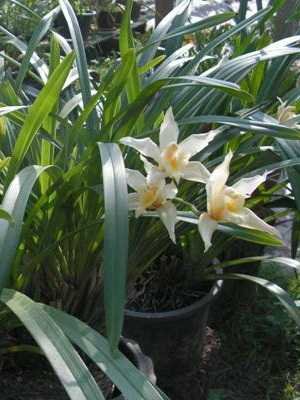
Cymbidium ivory, or eburneum (Cymbidium eburneum) – a species native to the forests of Burma and China, with thick stem-like pseudobulbs. Flowering begins in spring. The peduncle is straight, about 30 cm long, with large, white flowers, the aroma of which resembles the smell of lilac. In culture, it requires a moderately warm content, an abundance of light and moisture.
Aloe-leaf cymbidium (Cymbidium aloifolium, Cymbidium pendulum) – a miniature epiphytic orchid, only 30 cm high, with ovoid pseudobulbs.
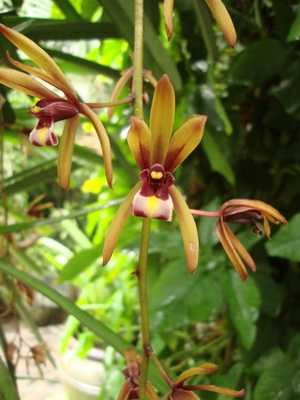
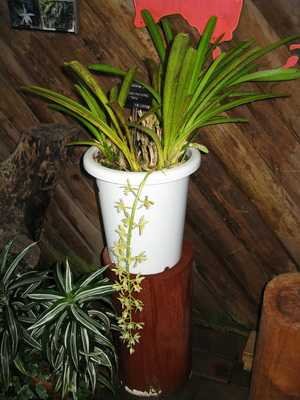
As you can see in the photo of the aloe-leaved cymbidium orchid, numerous medium-sized flowers are collected in hanging brushes. The flowers themselves are 4,5 cm in diameter, light yellow with cream and dark red. Blooms from late winter to summer.
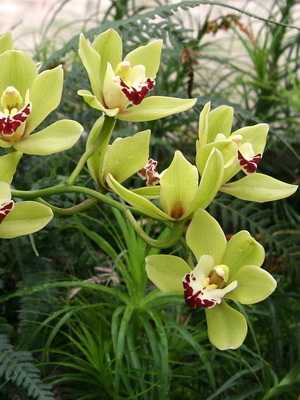

Cymbidium giant (Cymbidium giganteum) – a rare species in culture. It was first found in 1837 in the tropics of India. Blooms in winter and spring. The inflorescence is multi-flowered, but the flowering itself is poor. Flowers 10-12 cm in diameter, light orange with a yellow lip, decorated with a red spot at the base.
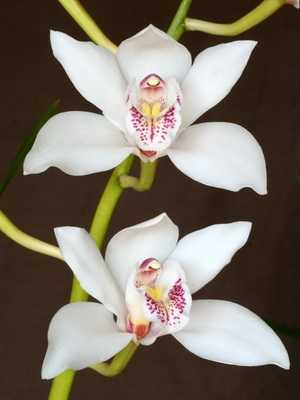
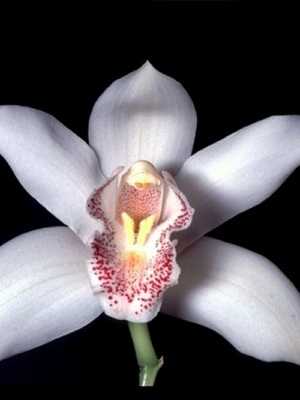
Cymbidiums have become a widespread cut crop in Europe thanks to the beautifully flowering hybrid of Alexander ‘Westonbirt’ (Cymbidium alexanderi ‘Westonbirt’), distinguished by snow-white flowers of a very beautiful shape. It was bred in England by breeder H. G. Alexander at Sir George Holford’s greenhouse in 1922.
The first hybrid variety of the cymbidium orchid appeared in 1878 in the nurseries of James Veitch in England. And only in 1889, it was officially registered. At the beginning of the 1985th century, pink, dark pink and white hybrids appeared. Since XNUMX, primarily in Holland, various potted cymbidiums have appeared, which, as a rule, are divided into mini-cymbidiums and large-flowered cymbidiums. Holland, Denmark, Singapore and Australia are considered modern centers of hybridization of cymbidiums.
How to care for a cymbidium orchid: transplantation and reproduction
Large-flowered cymbidium orchids at home are used to decorate winter gardens, miniature ones – for light and wet rooms. Potted cymbidiums are delivered to garden centers from August to March.
After purchasing a potted plant, it must be immediately dipped in water, then allowed to drain. It is advisable to further dip the plant in water for 10 minutes once a week.
When caring for cymbidium orchids, a place to place a plant is chosen light, warm, humid, with access to fresh air, glazed light balconies and verandas protected from direct sunlight, with a winter temperature of +12 … + 16 ° C, are very suitable.
Hybrids and adult miniature varieties are best kept outdoors in partial shade in summer. The difference between day and night temperatures is necessary for the development of flower buds on the plant.
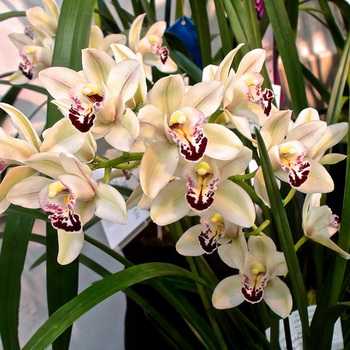 Long peduncles require support during flowering. After flowering, the faded branch must be cut off. From March to September, the plant requires abundant watering with soft warm water and frequent spraying. In winter, watering is limited. During the growth period, fertilizers for orchid crops are applied once a month.
Long peduncles require support during flowering. After flowering, the faded branch must be cut off. From March to September, the plant requires abundant watering with soft warm water and frequent spraying. In winter, watering is limited. During the growth period, fertilizers for orchid crops are applied once a month.
The cymbidium orchid is transplanted in April-May. The orchid painfully tolerates the transplant, so it is carried out no more than once every two years. A soil mixture of sod land, leafy soil, sphagnum moss (1: 1: 1) is well suited, it is possible with an admixture of pine bark, charcoal, dry mullein and sand.
Reproduction of the cymbidium orchid is performed by dividing the overgrown bushes during transplantation. Each section should have at least 3-5 shoots.
